Comb the secret, hold on to the old soul
According to local history books and the “Hoach Trach Nhu Tap Pha” (Genesis of Hoach Trach), compiled by Doctor Nhu Dinh Toan (1701 – 1773) in the mid-18th century, Mr. Nhu Dinh Hien, a native of Hoach Trach village, passed the Doctorate exam in Canh Than (1680), and in Dinh Suu (1697) served as a deputy envoy to pay tribute to the Qing Dynasty, bringing his wife, Mrs. Ly Thi Hieu, with him. When they went to China, they met a village with a bamboo comb making profession and asked to learn the craft. When they returned to Vietnam, they guided the villagers in their craft. The villagers honored them as holy masters of the comb making profession and set up an altar at the village temple, worshiping them together with the village’s tutelary god. The Nhu family temple in the old Thai Lac Dinh, which is also the place to worship the comb making founder, was ranked as a national monument in 1993.
In the early 19th century, the comb making profession became famous and was included in the local history. That is why in “Hai Duong Phong Vat Khuc Khao Thich” it is recorded:
"Lược Hoạch Trạch has small merit,
The scent of sunflowers and the sweet smell of the wind.
Mr. Nhu Dinh Thang, an official of the Thai Hoc Commune People's Committee Office, is the 17th generation descendant of the founder of the comb-making village. Therefore, he has memorized the history of the village since the days when he was not yet proficient in weaving bamboo strips, because the elders in his family passed it on to instill pride in the descendants of the family.
Accordingly, the old Vac village was called Hoach Trach. “Hoach” means cauldron and “trach” means favor, Hoach Trach means “the favor of the cauldron to cook rice”. The elders still recall that the village used to cook rice for the king’s army with cauldrons, hence the name. Later, people shortened it to Vac village.





![[Photo] Visiting Cu Chi Tunnels - a heroic underground feat](https://vstatic.vietnam.vn/vietnam/resource/IMAGE/2025/4/8/06cb489403514b878768dd7262daba0b)




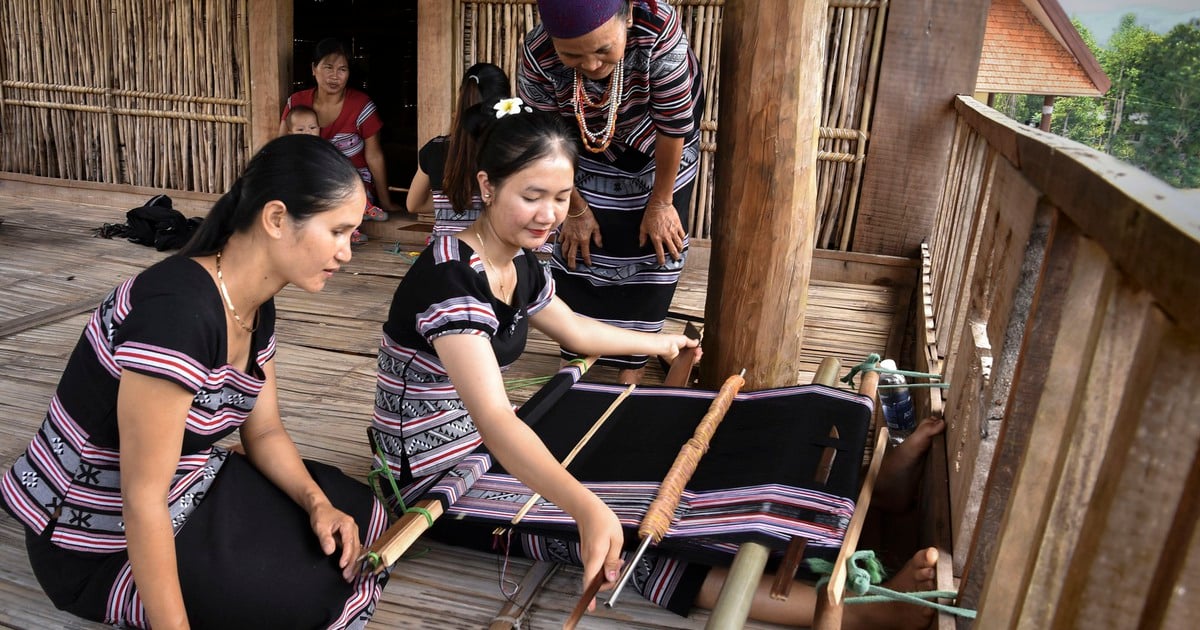

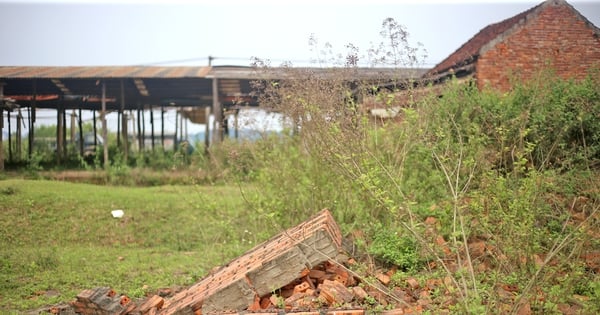

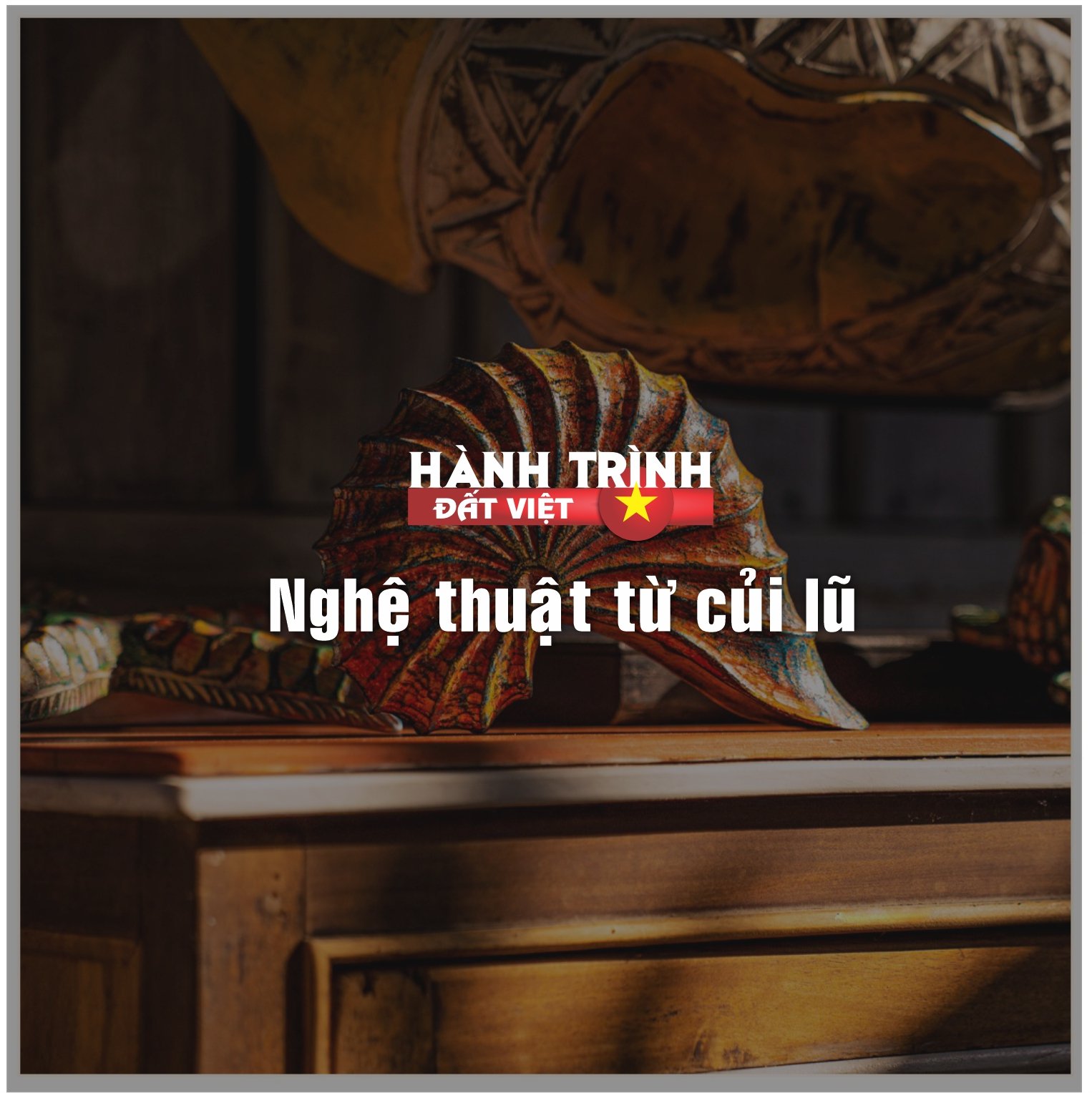
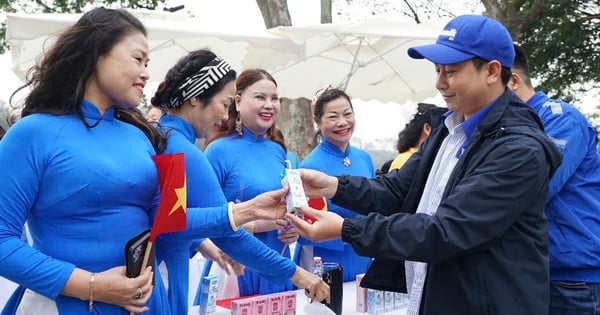


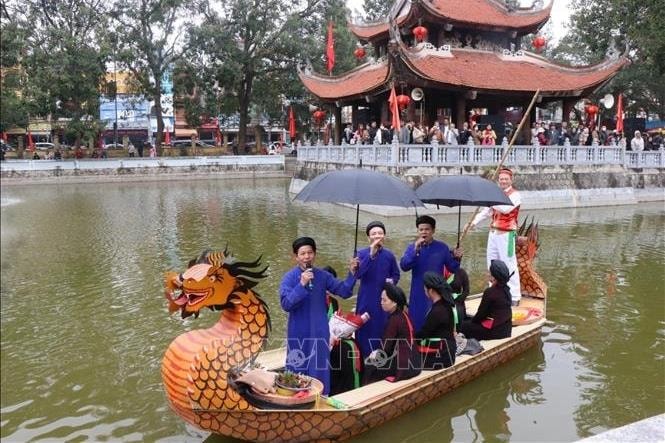
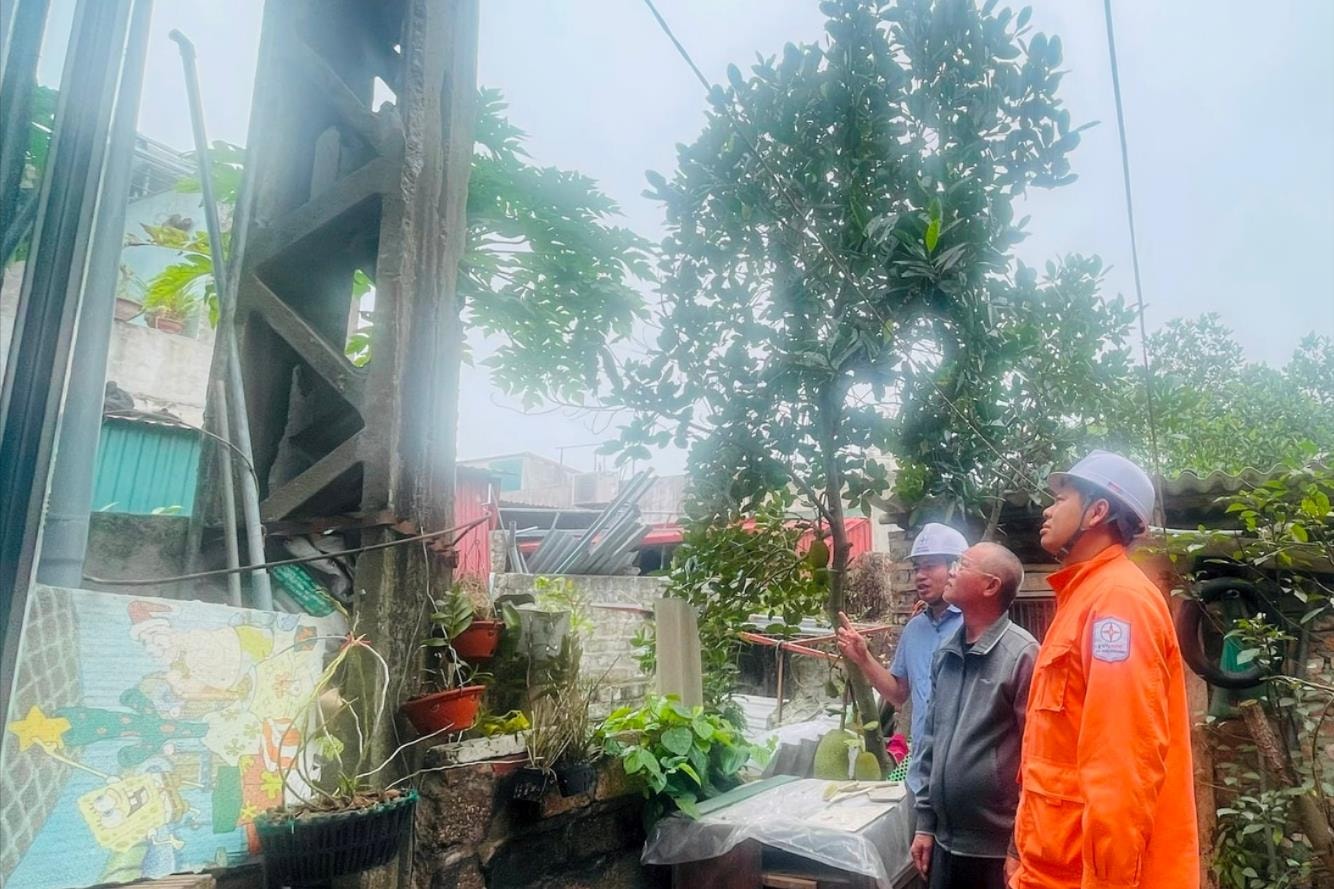










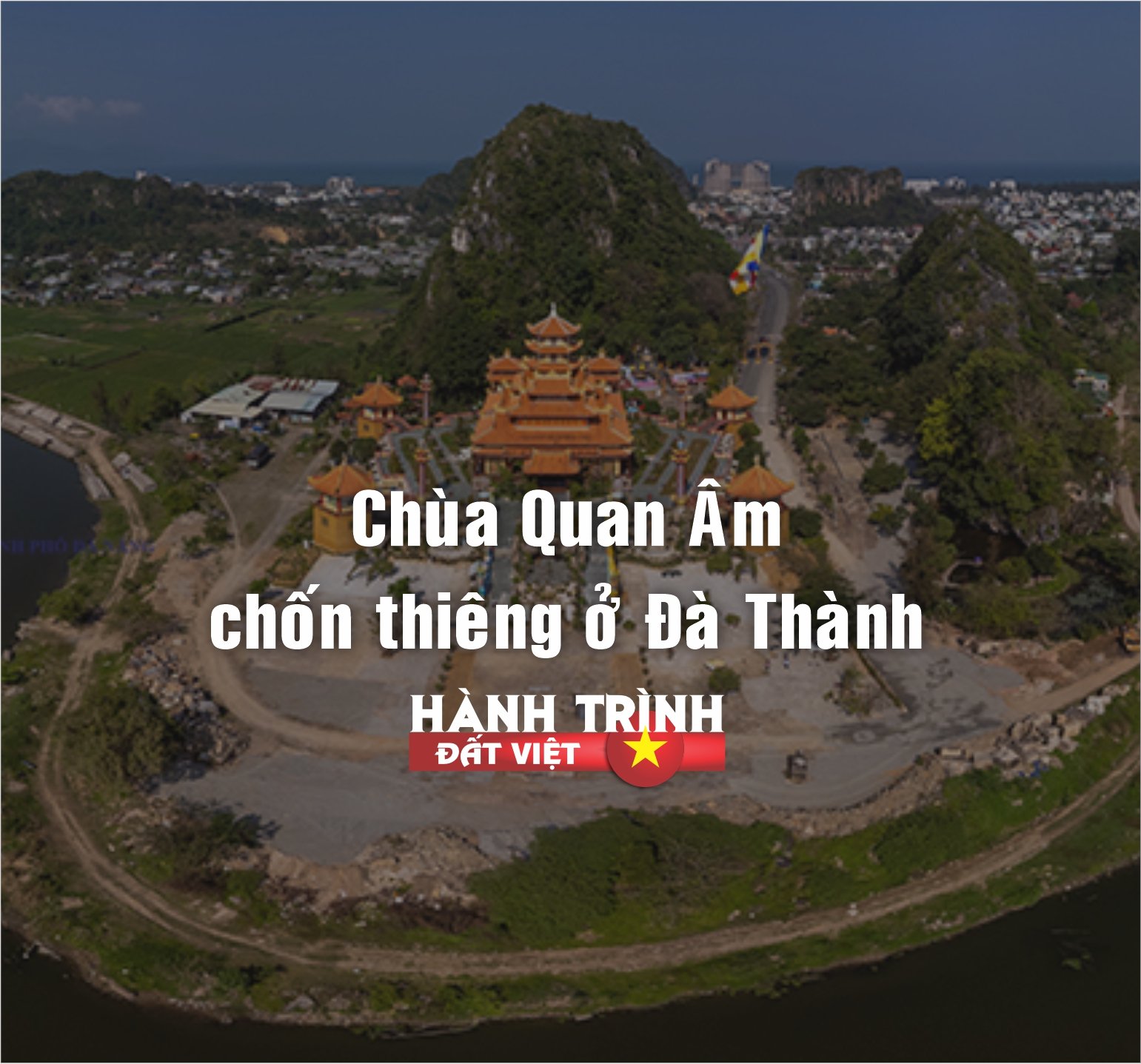



































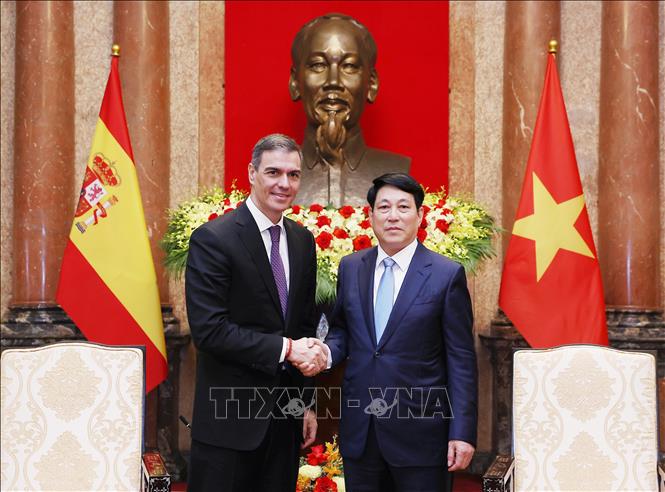









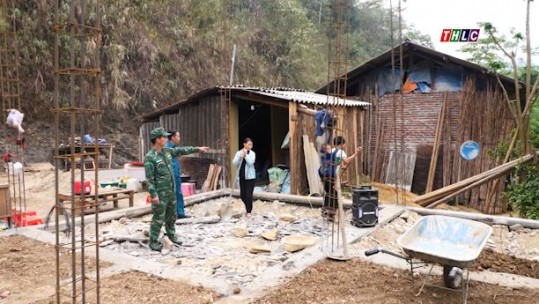
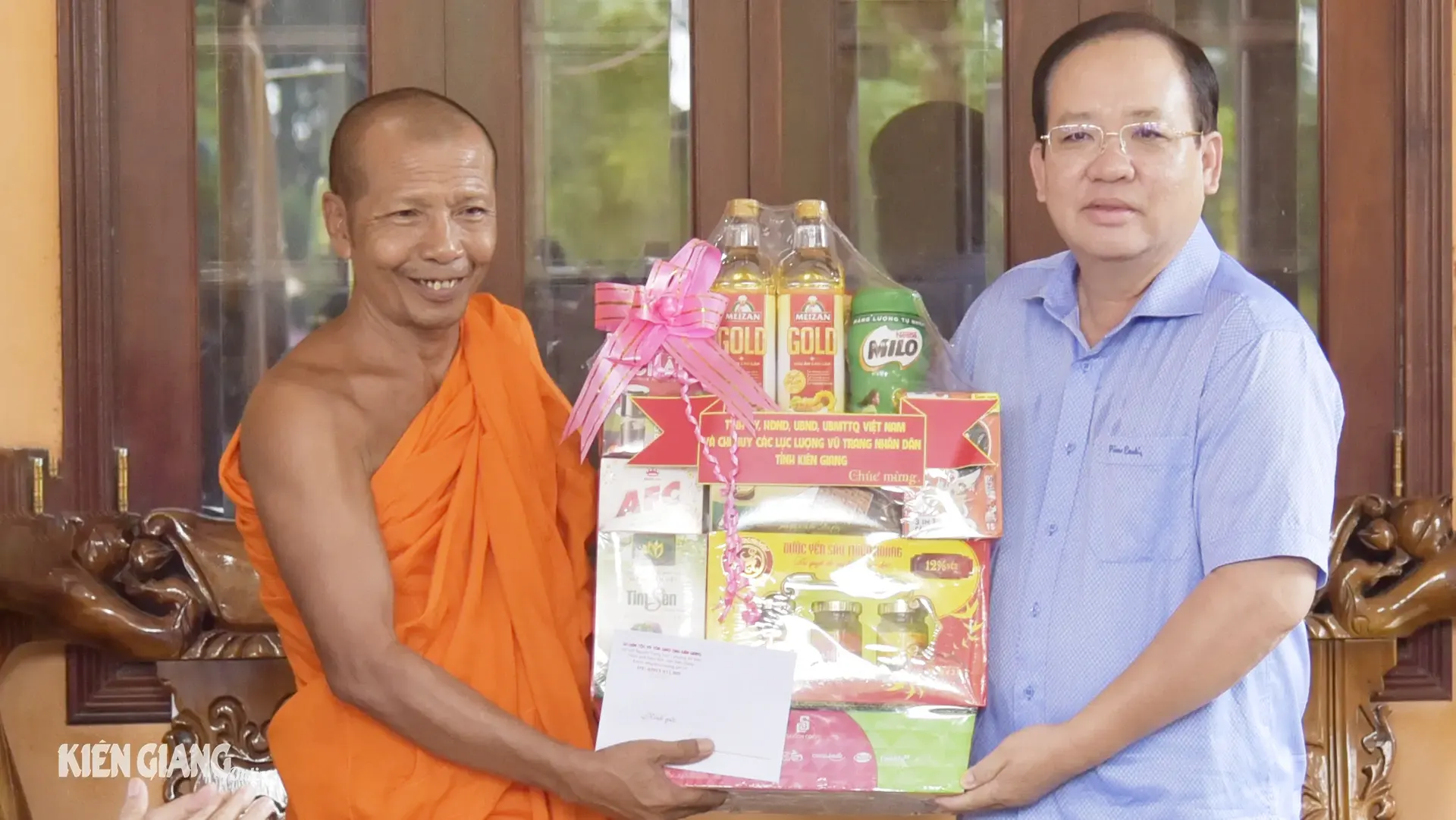













Comment (0)